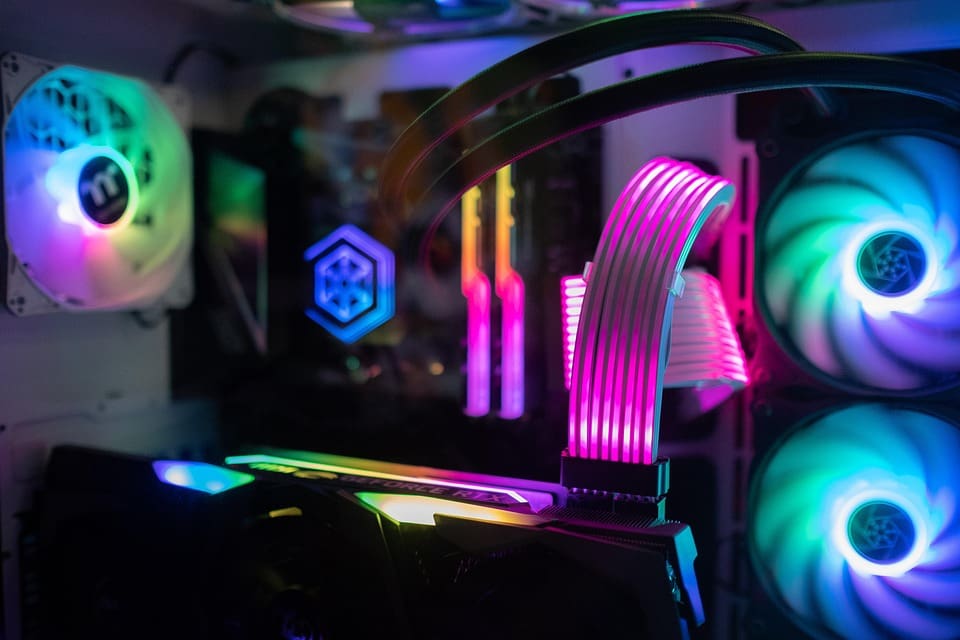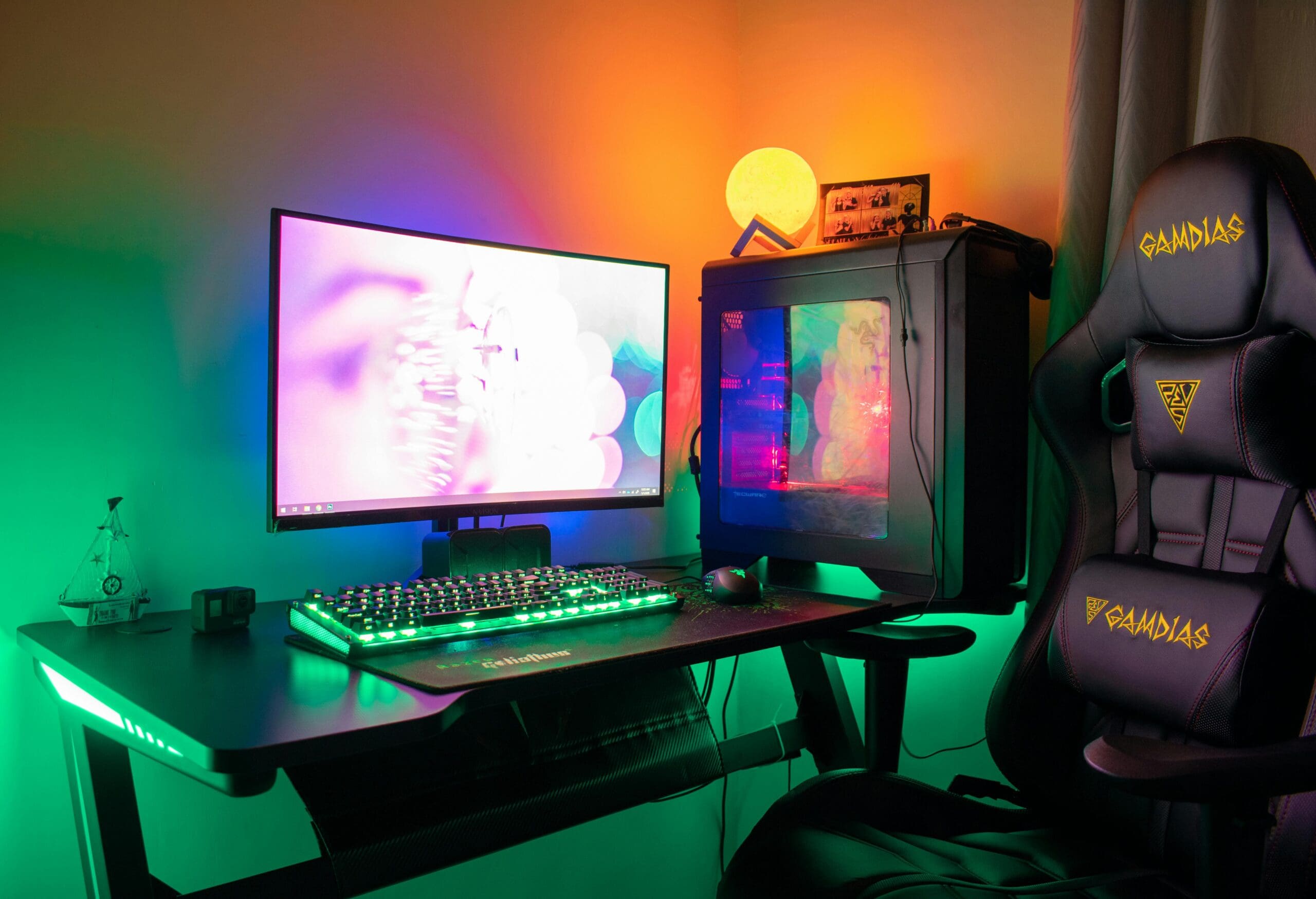Introduction
Gaming PCs are more than just a collection of high-end components; they require proper setup, optimization, and maintenance to perform at their best. One crucial aspect of optimizing a gaming PC is overclocking. In this comprehensive guide, we will break down the basics of overclocking, providing beginners with a step-by-step how-to guide while also offering valuable insights for advanced users.
Why This Topic Matters
Understanding the fundamentals of overclocking is essential for PC gamers and builders. Overclocking can significantly impact the performance of your system, affecting FPS, load times, and overall system efficiency. However, improper overclocking can lead to overheating, stability issues, or even hardware failures. Here’s why this topic is important:
- Performance Impact: Overclocking can boost your system’s performance, leading to smoother gameplay and faster load times.
- Common Issues: Many gamers struggle with finding the right balance between performance gains and system stability when overclocking.
- Long-Term Benefits: Properly overclocking your system can extend its lifespan and delay the need for costly upgrades.
Step-by-Step Guide / Essential Tips
1. Understand the Basics of Overclocking
Before diving into overclocking your system, it’s crucial to have a solid understanding of the basics. Research different components of your system, such as the CPU, GPU, and RAM, and how they can be overclocked to improve performance.
2. Use Reliable Overclocking Software
When overclocking, it’s essential to use reliable software that allows you to adjust clock speeds, voltages, and other settings safely. Popular overclocking software includes MSI Afterburner, EVGA Precision X, and ASUS AI Suite.
3. Monitor Temperatures and Stability
While overclocking can boost performance, it can also generate more heat and stress on your components. Use monitoring tools like HWMonitor or Core Temp to keep an eye on temperatures and stability while overclocking.
Common Mistakes to Avoid
- Not Following Best Practices: One common mistake when overclocking is not following best practices, such as gradually increasing clock speeds and stress-testing your system.
- Overlooking Compatibility: Ensure that all your components are compatible with overclocking and that your power supply can handle the increased power demands.
- Skipping Regular Maintenance: Overclocked systems require more frequent maintenance, such as cleaning dust buildup and reapplying thermal paste to ensure proper cooling.
Advanced Optimization Tips
For advanced users looking to squeeze every last drop of performance out of their system, consider the following optimization tips:
- Experiment with custom BIOS settings for more precise control over clock speeds and voltages.
- Invest in a quality aftermarket cooling solution to keep your components cool under heavy overclocking loads.
- Consider delidding your CPU for better thermal performance, but be aware of the risks involved.
Final Thoughts
Overclocking can be a powerful tool for enhancing your gaming experience, but it requires careful consideration and attention to detail. By following the tips and guidelines outlined in this guide, both beginners and advanced users can optimize their systems for maximum performance and longevity. Remember to always prioritize stability and proper cooling when overclocking your system to avoid any potential risks.
💬 What has been your biggest challenge with overclocking? Share your experiences and tips in the comments below!


